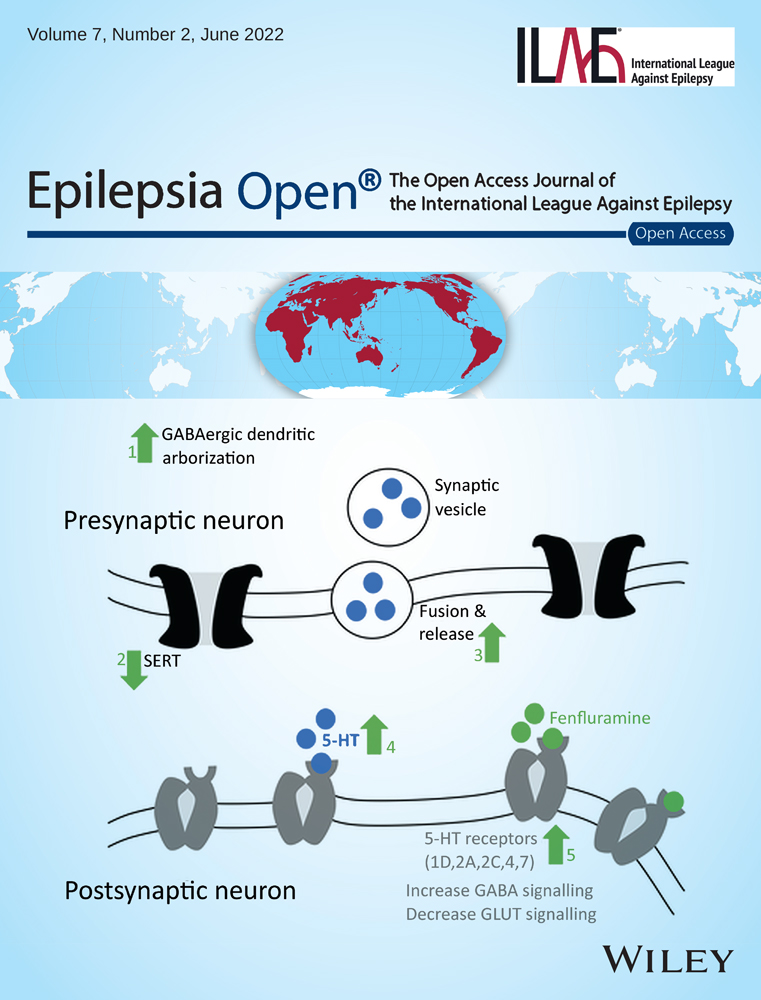Commentary on “The epileptogenic zone in children with tuberous sclerosis complex is characterized by prominent features of focal cortical dysplasia”
Drug-resistant epilepsy remains one of the most challenging and impairing problems facing epilepsy patients. In the large population of patients with drug-resistant epilepsy, nonmedical treatments, especially epilepsy surgery, may offer the best hope for a significant improvement in seizures and ideally seizure-freedom. However, the diagnostic evaluation for epilepsy surgery is typically complex, with many patients either being concluded not to be appropriate surgery candidates or having suboptimal outcomes following surgery. Thus, significant advances in the presurgical evaluation and approach are needed to increase the yield of identifying the epileptogenic zone (EZ) and improving epilepsy surgery outcomes.
In a recent paper awarded the 2022 Epilepsia Open Clinical Science Prize,1 Hulshof et al address this issue of the presurgical diagnostic assessment in a specific cause of epilepsy, tuberous sclerosis complex (TSC), that involves some of the most complicated cases to evaluate for epilepsy surgery. TSC is a genetic disorder, caused by mutations in either the TSC1 or TSC2 genes with resultant mechanistic target of rapamycin (mTOR) pathway activation and characterized by the formation of tumors or other dysplastic lesions in multiple organs, including the brain.2, 3 Neurological involvement usually accounts for the most disabling symptoms of the disease, especially in children, with up to 90% of TSC patients having epilepsy and about two-thirds of those having drug-resistant epilepsy.4 Epilepsy surgery evaluation in TSC is complicated due to the typical presence of multiple, bilateral focal lesions (eg, cortical tubers) that may all be candidates for the EZ, as well as multiple seizure types and multifocal EEG epileptiform abnormalities in many cases. While invasive EEG methods, such as stereo-EEG, may help localize seizure onset to one or a subset of tubers, there have been extensive efforts attempting to utilize and optimize noninvasive imaging methods to identify the EZ in TSC patients.
The primary radiographic and pathological findings of TSC potentially related to epilepsy are cortical/subcortical tubers. Pathologically, cortical tubers represent focal malformations of cortical development and are basically indistinguishable from focal cortical dysplasia type IIB, consisting of loss of normal cortical lamination and a variety of abnormal dysmorphic and cytomegalic cells, including classic “giant cells.” Radiographically on MRI, cortical tubers primarily not only appear as focal areas of increased T2 signal in the cortex and underlying subcortical white matter, but also have additional features often also seen in isolated focal cortical dysplasia (FCD), such as increased cortical thickness, blurring of the gray-white matter junction, and transmantle sign. Previous studies have identified specific radiographic properties of tubers as potential markers of the EZ, such as calcifications, cyst-like changes, or additional FCD-like features,5-7 but no one feature has been shown to consistently localize the EZ.
The study by Hulshof et al aimed to determine whether various radiographic features, either alone or in combination, reliably predict the EZ. In a retrospective cohort of 28 TSC patients who received resective epilepsy surgery at two European epilepsy centers between 2003 and 2015, two neuroradiologists independently reviewed presurgical MRIs for a preestablished set of TSC-associated dysplastic features, including tubers, cyst-like lesions, calcifications, and FCD-like features, such as increased cortical thickness, blurring of the gray-white matter junction, and transmantle sign. Their blinded assessments of these various radiographic features were then correlated with the EZ, defined as the area of surgical resection in patients who were seizure-free two years after surgery, and the accuracy and positive predictive value of each radiographic feature, alone or in combination, were calculated.
The main findings from this study are that while several radiographic features were strongly correlated with the EZ (eg, found in ~90% of EZ), the positive predictive value of individual features was moderate and again no one feature identified the EZ in all seizure-free cases (15 of 28 patients, or 53% of the cohort). However, after applying an algorithm analyzing multiple features simultaneously, the EZ could be accurately identified in the majority of patients, with increased cortical thickness, transmantle sign, and calcifications, as well as the largest FCD, being the most predictive radiographic features.
This work confirms previous studies in identifying specific radiographic features that are strongly correlated with the EZ in TSC patients,5, 7 and is novel in assessing and concluding that specific combinations of features increase their predictive value. This approach is potentially impactful if these noninvasive radiographic assessments can reduce the need for invasive EEG monitoring and improve surgical outcomes.
The study does have some significant limitations. The retrospective design and relatively small cohort size may have led to biases in patient selection and statistical power. Perhaps more importantly, the criteria and predictive value of multiple factors in combination for identifying the EZ showed some differences between the two independent neuroradiologists, suggesting that there may be individual variability in radiologist interpretations, as well as in MRI protocols, that may limit the widespread utilization of this approach across different centers. Nevertheless, even if this specific combinatorial approach is not ultimately adopted universally, the study does provide evidence that algorithms analyzing multiple factors are more powerful than individual results alone. Other analytical approaches and algorithms utilizing more comprehensive, multifactorial assessments should lead to further improvements in presurgical evaluations and epilepsy surgery outcomes not only just for TSC but also for many types of drug-resistant epilepsy.
Read the winning paper The epileptogenic zone in children with tuberous sclerosis complex is characterized by prominent features of focal cortical dysplasia.
CONFLICT OF INTEREST
The author has no conflicts of interest to disclose. The author has read the Journal's position on issues involved in ethical publication and affirms that this report is consistent with those guidelines.




